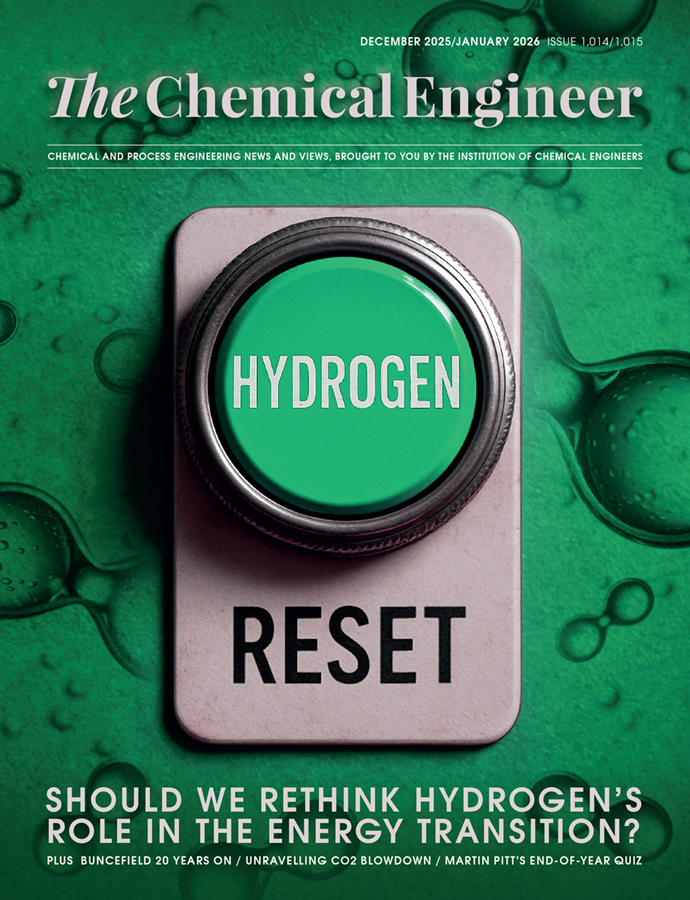Stanford scientists recreate pain outside the human brain

STANFORD researchers have grown one of the most important neural pain pathways outside the human body – a medical breakthrough which could advance treatments for chronic pain conditions.
A team of “Stanford Medicine investigators” led by Sergiu Pasca, a professor of psychiatry and behavioural sciences, have replicated the pathway which connects the skin to the brain by growing and connecting miniaturised versions of the bodily organs involved in the process.
Around 20% of people worldwide suffer from some form of pain condition, with an additional 10% diagnosed with chronic pain each year, according to data from the US National Library of Medicine. Research into treating these conditions is complex, with each cause and case spanning biological, psychological, and social factors.
Pasca says his work provides a novel approach to researching and treating pain-related conditions. “We can now model this pathway non-invasively. That will, we hope, help us learn how to better treat pain disorders.”
Four organoids
The team’s manufactured pathway is made up of four regions in the body, which Pasca has named organoids, that mutate and connect to simulate how pain messages travel from the skin to the body.
In this pathway, nerve cells transmit messages through the dorsal root ganglion and dorsal spinal cord to the thalamus and somatosensory cortex – two regions located in the brain.
Pasca’s team developed these organoids separately in a lab using integrated pluripotent stem cells, which can be engineered to replicate any cell in the human body.
To form the pathway, the team lined up the organoids and waited 100 days for them to fuse into an “assembloid” containing 4m nerve cells – less than 1/42,000th the number found in an adult human brain, which contains about 170bn cells.
“They look like tiny sausage links,” says Pasca.
Spicy simulation
Putting the assembloid to the test, Pasca introduced capsaicin to the pathway, an ingredient found in chilli peppers linked to the burning session humans experience when eating spicy foods.
Chemicals that induce pain have been found to increase electrical wave activity in the neural pathway, and in this study, the introduction of capsaicin triggered an immediate activity.
Expanding the pathway
The team also observed the activity from the exposure of a mutation of a Nav1.7 ion-exchange protein associated with both human hypersensitivity and insensitivity to pain.
Trialling two assembloids, one which contained regular Nav1.7 and one with the mutated version, the team found that the latter produced out-of-sync wave activity where the pain information “mysteriously vanished”.
The reason for its disappearance lies in an incomplete pathway.
Pasca says: “The assembloids themselves don’t ‘feel’ any pain. They transmit nervous signals that need to be further processed by other centres in our brains for us to experience the unpleasant, aversive feeling of pain.”
The team’s research is still evolving, but it believes this recent study can be used to study neurodevelopmental disorders, including autism – which is linked with hypersensitivity to pain.
Pasca adds: “We think screening for drugs that tame sensory organoids’ ability to trigger excessive or inappropriate waves of neuronal transmission through our assembloids, without affecting the brain’s reward circuitry as opioid drugs do – which is why they’re addictive – could lead to better-targeted therapies for pain.”
Recent Editions
Catch up on the latest news, views and jobs from The Chemical Engineer. Below are the four latest issues. View a wider selection of the archive from within the Magazine section of this site.




